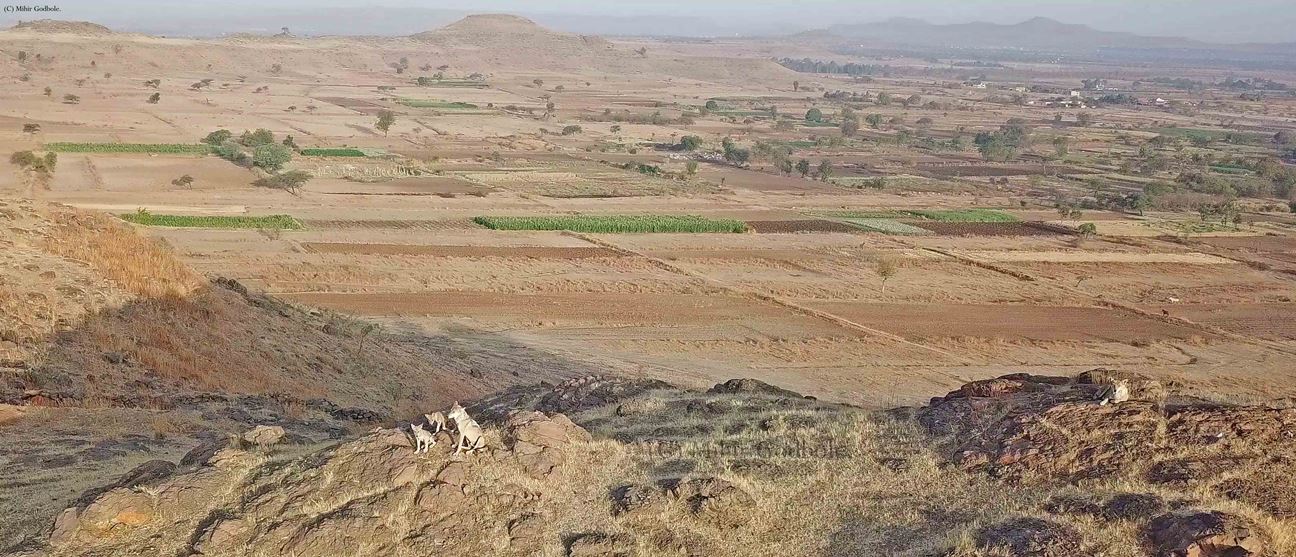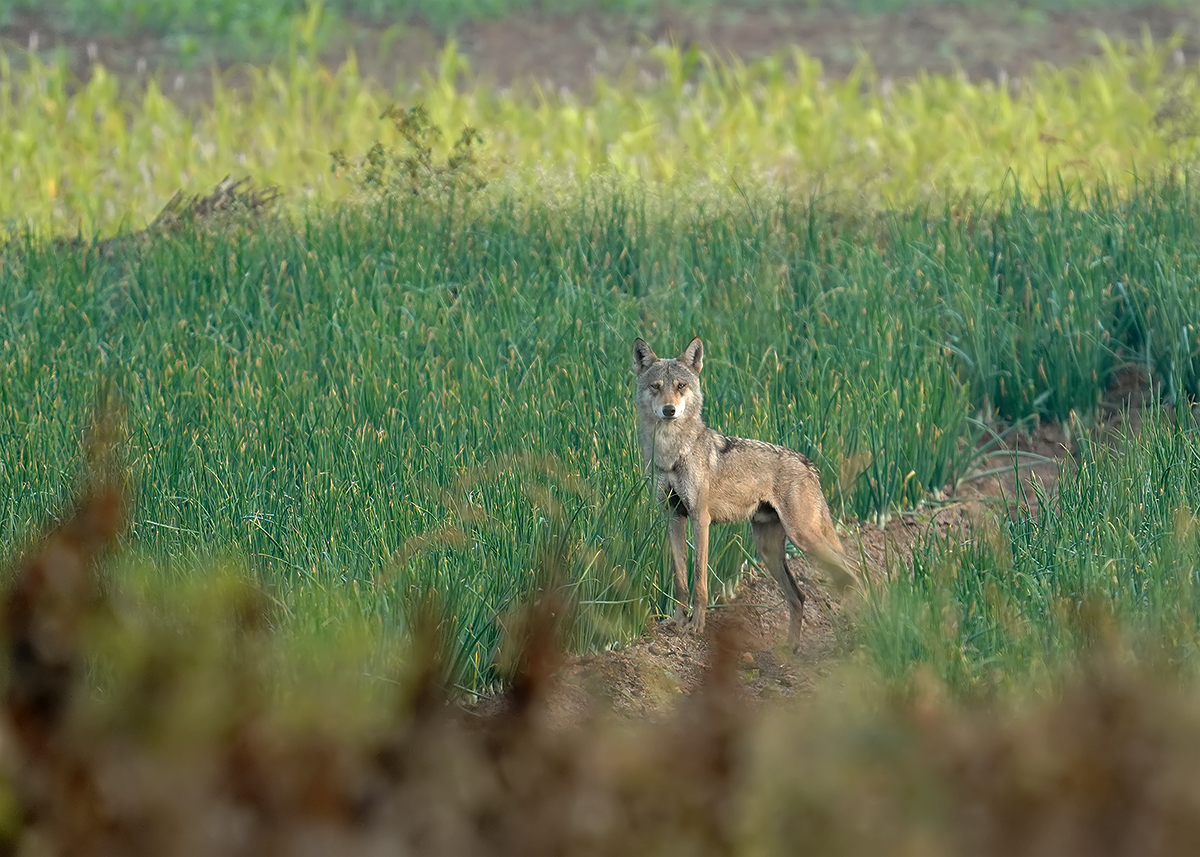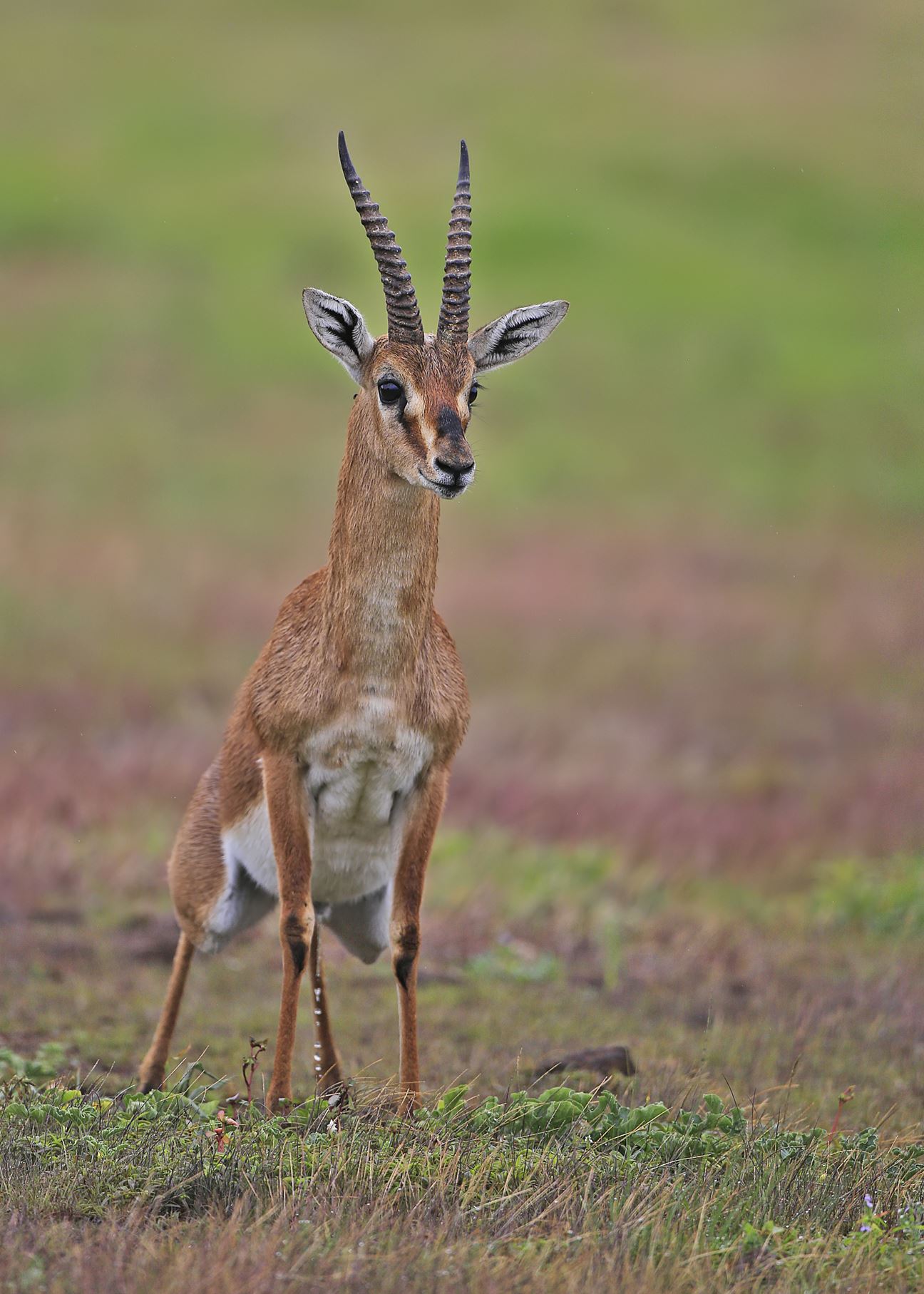Grasslands are so much more than wasteland! We spoke to Mihir Godbole of The Grasslands Trust, Pune, on how awareness about this ecosystem is the need of the hour!
As the boundaries between the habitats of the man and wild continue to dwindle in the face of development, there is one ecosystem that is at the most immediate deadlock of this potent blunder than any other—the grasslands. Deduced to be mere “wastelands”, this ecosystem is striving to be identified for its fair share of wealth and value, and mind you there’s a lot to it - something we realised after a one-on-one with Mihir Godbole, founding member of The Grasslands Trust, Pune.
The Grasslands Trust, since 2019, has been actively working towards the upliftment and sustainable conservation of this undervalued ecosystem in several capacities. With the objective of conserving wildlife found in grassland and scrubland habitats, the charitable trust has paved a broader scope of preserving this ecosystem through activities like wildlife tracking, documenting natural history, conducting wildlife awareness programs and training sessions for private and government institutions, promoting of eco-tourism and collaborative study with locals, researchers and volunteers. The trust works for sustainable conservation by even involving local communities like nomadic shepherds, traditional hunters and farmers.
Their efficient efforts have enforced the positive link between biodiversity and ecosystem functioning. Mihir explains further:

- Often, grasslands are monikered as “wastelands”. Can you please enlighten us a little on how this is an unpopular opinion?
This is perceived as wasteland because it visually appears so and because you don’t see very large/big trees growing here, so it is against the conventional thought that this cannot be a “jungle” or “suitable habitat” for wildlife. Also, there is less soil cover and rainfall so places such as these don’t thrive agriculturally making the locals who stay there believe that it is best to be “industrialised” or “developed” as they see more potential in that.

- How can the government better the existing situation in light of “urban development”?
From a wildlife point of view, these habitats should be preserved as they are - with no interference. From people/locals' point of view, the government should support traditional livelihoods and provide benefits in scopes relevant to agriculture and all the industries that support it—fish farming, poultry, beekeeping, etc. There should be good compensation plans for the locals for the damages by wildlife. For communities like the ‘dhangars/shepherds,’ the government should provide an incentive for them to continue their traditional occupation so they are not forced to sell their lands for development and move to cities.
- What are some threats that the flora and fauna here are subject to?

The flora in these areas has always managed to thrive on its own without intervention. However, the incorrect introduction of non-indigenous species of plants in the past have been invasive and damaged the eco-system. Now, people are more aware of planting indigenous species; however, the truth is, the plantation is not required in these areas at all.
Habitat loss is the biggest concern for fauna here. Secondly, the growing population of free-ranging dogs and cats are a major threat to wildlife. They are responsible for zoonotic disease transfer like distemper (among others) and are also responsible for competing and depleting the prey base for the wildlife present there.
- How can human-wildlife conflict be mitigated in these partially habituated lands?
• Good and quick compensation schemes for damage caused by wildlife to locals (e.g. livestock loss).
• Development of regulated eco-tourism.
• Activities to promote the inclusion of locals in proactive protection of these habitats.
• Awareness and education about the importance of conserving these habitats.

- Are there any specific efforts that can be taken by people, besides government bodies, that can ensure the fauna here continues to flourish?
Accept, respect and value the presence and importance of wildlife in your own vicinity. Explore lesser-known habitats and spread awareness about them.
- What are the most spotted species? Are there any migratory ones or seasonal ones?
The chinkara, black-naped hare, Indian wolf, striped hyena, Bengal fox, and jackal are commonly found in mammals.
In birds—there are lots, however, the specific grassland species are chestnut-bellied sandgrouse, Indian coursers, bonelli's eagles, short-toed snake eagle, Indian eagle owl, white-bellied minivet, and the grey shrike.
There is an abundance of migratory birds as well! Most prominent are harriers—pallid and montagu's harrier, steppe eagles, short-eared owls, a lot of buntings, Siberian stonechat, and cuckoos like the Eurasian cuckoo.
There is no dearth of reptiles and amphibians either—monitor lizards, fan-throated lizard, leopard gecko and marbled balloon frog among more.

- Grasslands and climate change: How would you associate the two?
Grasslands cover a lot of regions around the globe, and they act as a litmus paper where they absorb carbon dioxide and give out clean oxygen—reducing the temperature, controlling the aggregate effect of climate change.
- In one of your videos, we read “Planting trees on grasslands is a bad idea”. That’s a first. Please enlighten us.
Planting trees in grasslands can, in fact, have adverse effects. Studies have estimated that grasslands store up to 35% of the world’s carbon. Covering 20% of the Earth’s surface, they are home to vast biodiversity comparable to forests. These are the landscapes with wolves, blackbucks, marbeled balloon frogs, leopard geckos, and unique birds like the great Indian bustard.
Increasing the tree cover in grasslands can mean pushing out plant and animal species which prefer open, well-lit environments. One study found that in grasslands where forest cover was created, streams shrank and some dried up for at least a year. The perception that forests are MORE important threatens grasslands. Tree Plantation Programs need to consider, carefully, the real implications for all of Earth’s ecosystems.
Grasslands are also home to nearly one billion people, many of whom raise livestock and grow crops—crops that millions eat today. However, these ancient grasslands have now been trenched for water harvesting and tree plantation.
Habitats need protection, not active plantation. Otherwise, we risk a situation where these grasslands are lost forever.

- In an ecosystem so delicate, how does eco-tourism fare to be a safe activity?
Any form of tourism, agro or wildlife, if regulated well by the concerned government agency actually works towards the benefit of all stakeholders. The key is in understanding the eco-system and respecting it. E.g. Currently, locals perceive development and industrialisation as a better bet, selling their lands and moving out. Eco-tourism will ensure local employment, cause a paradigm shift about how their homelands/habitats are more advantageous if preserved; they will actually get to retain their land, have jobs and protect the habitat simultaneously. In the longer run, this is far more advantageous to all even though momentarily it may appear like an intrusion. Regulated ecotourism is a safer bet for the flora and fauna of a place versus having no habitat left for them to survive in at all.

- Last but not least, what steps can be taken to spread more awareness of such a wealth of an ecosystem, much more than “wasteland”?
Well, we’ll just make more and more films and show them to people—which is what we are doing right now! Through our social media short films as well as documentaries, we intend to showcase the habitat and its intricacies to not just the local but to a global audience as well. As an organisation, we want to use a fair amount of the proceeds to help in conserving these areas and supporting the local community there!
And that's all you need to know about grasslands and how important they are to the environment—to you. For more, you can reach The Grasslands Trust here and here.